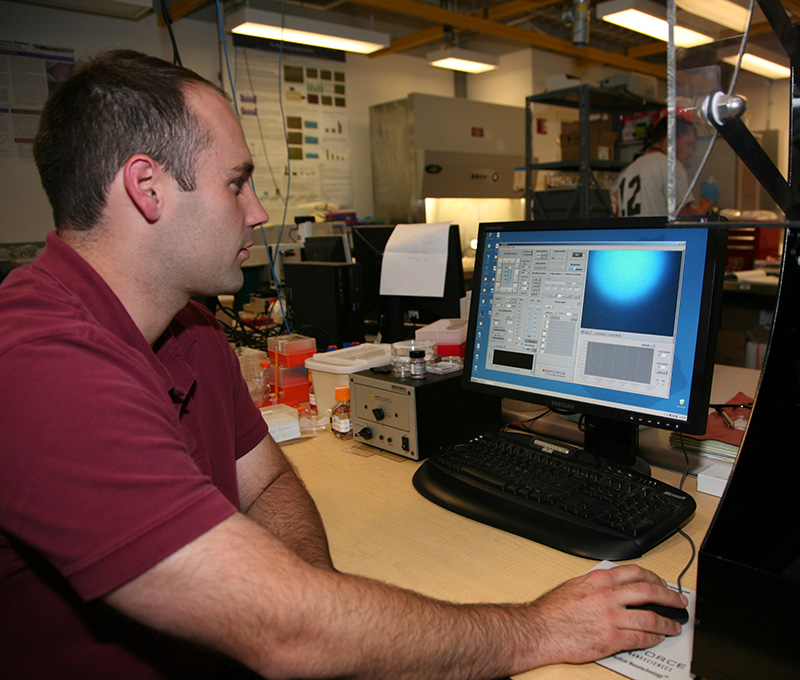Creating partnerships between academic institutions and industrial companies can accelerate the advancement of next-generation bioprocessors in many ways. To find out how to develop such partnerships, GEN sat down—actually “Zoomed” down—with a team of experts at SUNY Polytechnic Institute in Albany, NY.
Right away, it became clear that some of the most productive partnerships could come from unexpected interactions. As one example, SUNY Poly’s Nathaniel Cady, PhD, Empire Innovation Professor of Nanobioscience and executive director of the SUNY Applied Materials Research Institute, directs a partnership with Applied Materials, which is a large supplier in the semiconductor industry.
“The way we really work at the Albany campus is sort of like a giant pilot facility,” Cady says. “So, the industry partners come in with their latest and greatest tools, but they’re running it in the context of a facility that goes beginning-to-end on building computer chips. I think from a bioprocess perspective, industry partnerships could fit into that type of role to where the company is able to bring their latest greatest technologies in the context of a full process line and then be able to test them out.”
Some bioprocessing-related partnerships at SUNY Poly already reflect Cady’s ideas. For example, Janet Paluh, PhD, associate professor of nanobioscience, and Susan Sharfstein, PhD, professor of nanobioscience, work with companies on stem cell projects.
“With Jan’s expertise in stem cells and my expertise in bioprocessing and biomanufacturing,” Sharfstein says, “we put together collaborations that could use a company’s technology. It’s a really cool space to be working in because you know that your research has an impact—not that basic science is not important, but you can actually see the results.”
Paluh points out the bioprocessors will always need specific cell types to address particular diseases. For instance, she mentions the need for specialized dopaminergic neurons to treat Parkinson’s disease.
“But there’s this whole other side where you have a combined platform, a diverse platform where you’re making cell types, you’re making organoids, and you’re making combined electronic systems as well, maybe even bioprinting,” she says.
Those kinds of platforms depend on the diverse skillsets of Cady, Paluh, and Sharfstein. Here, these experts described some of the partnerships between academic and industrial groups that can benefit bioprocessing, next week they’ll tell us how to develop those relationships.






